Body Fat Analyzing
Getting Real About Body Fat
Let’s be honest—when it comes to health, most of us aren’t chasing skinny. We’re chasing strong, balanced, and maybe just a little less jiggly in the midsection. And for that, understanding your body composition—the ratio of fat to everything else (muscle, bone, water)—is key. Welcome to the world of Body Fat Measurement, where science meets a splash of sci-fi, and accuracy ranges from “surprisingly decent” to “you want me to do what in that tank?”
These are the most common (and uncommon) ways to measure what you’re made of.
Method
Description
Pros
Cons
Underwater
Weighing
Weighing while submerged in water
Pretty
accurate
Expensive and getting dunked
Skinfold
Calipers
Measuring skinfold thickness with calipers
Inexpensive and portable
Skill –
dependent
DEXA Scan
Full Body X-ray
Highly precise
Expensive
NIR (Near-Infrared Interactance)
Fat at bicep scanned with infrared light
Inexpensive and portable
Inexpensive and portable
MRI and
CT Scans
Imaging methods using magnetics or X-ray
Detailed
results
Very
expensive
TOBEC (Total Body Electrical Conductivity)
measures electromagnetic field
Very
fast results
Expensive and hard to find
BOD POD
Air displacement
Accurate
Expensive
BIA (Bioelectrical Impedance Analysis)
Electrical current sent through the body
Very
convenient
Results
may vary

Underwater Weighing (a.k.a. Sink or Slim)
Imagine being dunked in a tank and weighed like produce. Sounds medieval, but it’s actually science. This method (Hydrodensitometry Weighing), long considered the gold standard, uses your underwater weight to calculate your density—and from that, your body fat percentage.
Pros: Pretty accurate (if done correctly).
Cons: You’re submerged in water, have to exhale completely, and hope the water’s not freezing. Not for the claustrophobic.
Skinfold Calipers (Pinch Me)
Old-school but still hanging on. A trained technician pinches specific parts of your body with calipers and measures the thickness of the fat just beneath the skin.
Pros: Cheap, fast, portable.
Cons: Accuracy depends heavily on the skill of the pincher and the quality of the caliper. Not exactly fun for the modest or ticklish.
DEXA Scan (High-Tech Truth Teller)
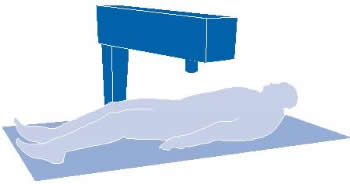
Short for Dual-Energy X-ray Absorptiometry, this scan gives you a full breakdown: fat mass, lean mass, and bone density. It’s super precise and even tells you where your fat is hanging out.
Pros: Reliable, detailed, non-invasive.
Cons: Pricey. And you have to lie perfectly still like you’re posing for a Renaissance painting.
NIR (Near-Infrared Interactance)
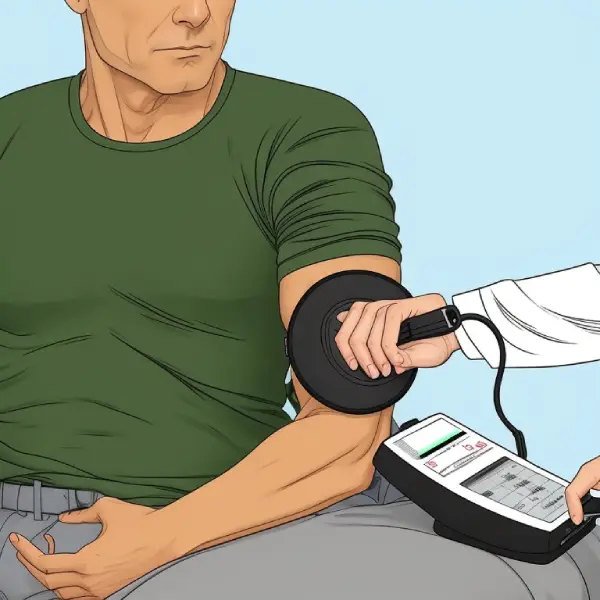
Sounds cool, right? This method uses light beams and a fancy fiber-optic probe, often placed on your bicep, to estimate fat content.
Pros: Non-invasive, quick, kind of like a light show.
Cons: Not super accurate, especially for people who are very lean or very curvy. Also, skin tone and hydration levels can mess with results.

MRI & CT Scans (The Overachievers)
These methods give crystal-clear images of where your fat lives (deep belly vs. just under the skin), and they’re crazy accurate. MRI uses magnets; CT uses radiation.
Pros: Visual, precise, and super informative.
Cons: Not something you casually stroll into a gym to do. Expensive, and CT includes radiation exposure.
TOBEC (Total Body Electrical Conductivity)
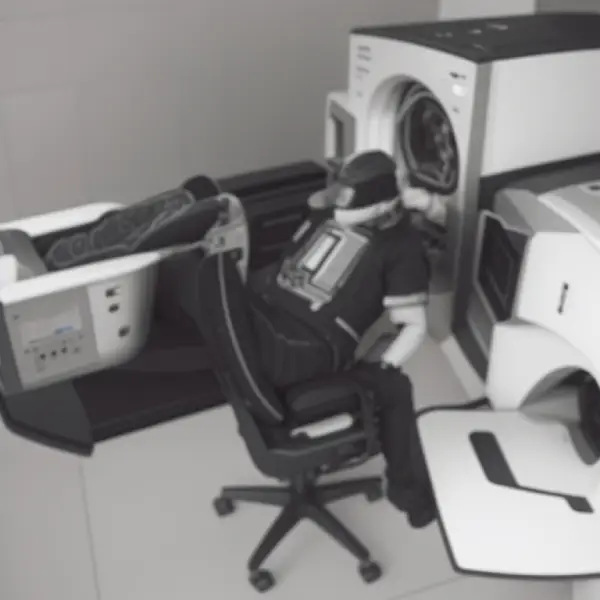
You lie in a tube that reads how well your body conducts electricity (fat is a poor conductor, muscle is better). It’s like BIA’s nerdier cousin.
Pros: Fast and accurate.
Cons: Rare. Really rare. Also: expensive equipment.
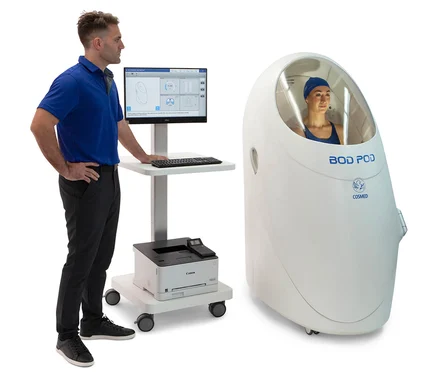
BOD POD (Space Egg of Truth)
You sit in a small, egg-shaped chamber, and the machine measures the air you displace. It calculates body composition with impressive precision.
Pros: Non-invasive, quick, and very accurate.
Cons: Feels a little like being a test subject in a sci-fi film. Not exactly budget-friendly.
BIA (Bioelectrical Impedance Analysis)
You’ve probably seen this in gyms or smart scales at home. A low electrical current travels through your body, and the device uses that info to estimate your body composition.
Pros: Easy, safe, widely accessible.
Cons: Can vary with hydration levels, time of day, and whether you just downed a burrito.
So… Which One’s Best?
It depends on your goals, budget, and tolerance for weird experiences. If you want precision and are willing to pay for it, DEXA or BOD POD are great. For a quick check-in, BIA or skinfolds can do the job—just remember: consistency is key. Pick a method and stick with it over time to track trends.
In the end, numbers are just part of the picture. They don’t tell you how strong you feel, how well you sleep, or how much energy you bring to your day. So measure, yes—but don’t let the numbers define your worth.
|
Body Fat Measuring – Know where you stand with your weight Body Impedance Analysis – Bioelectrical Impedance Analysis or BIA The Study of Body Composition Know Your Weight and Body Fat Percentage |


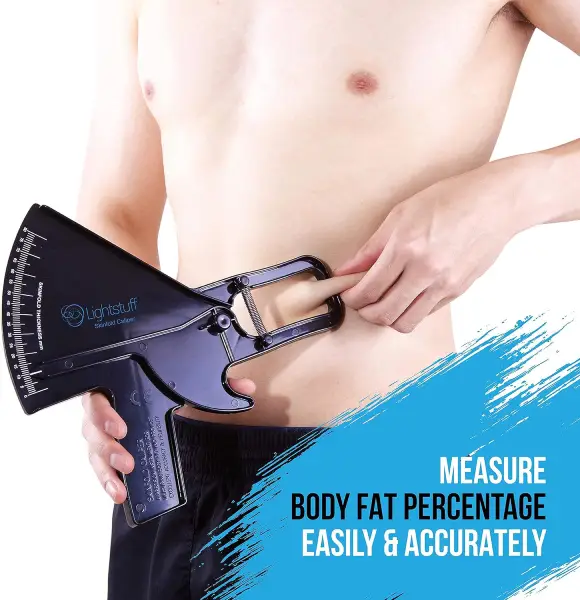
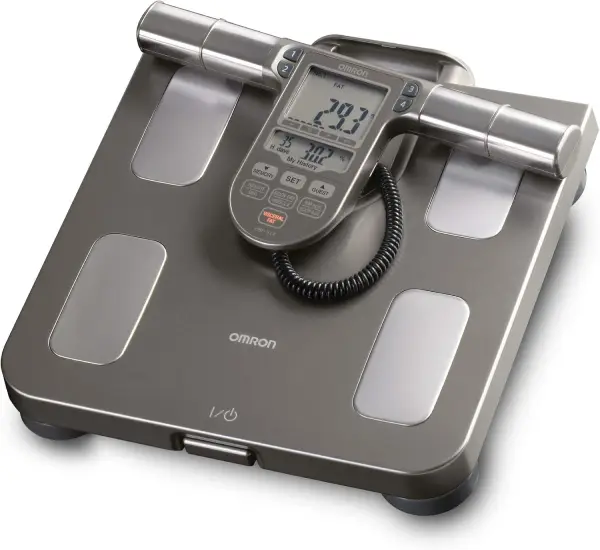

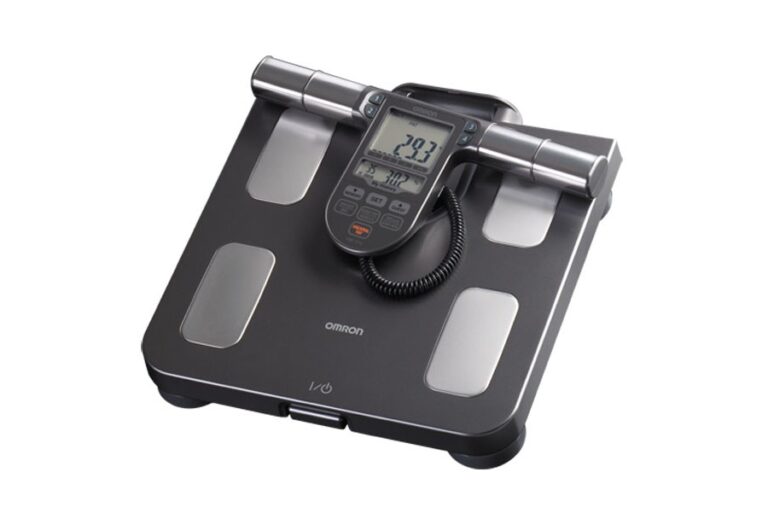
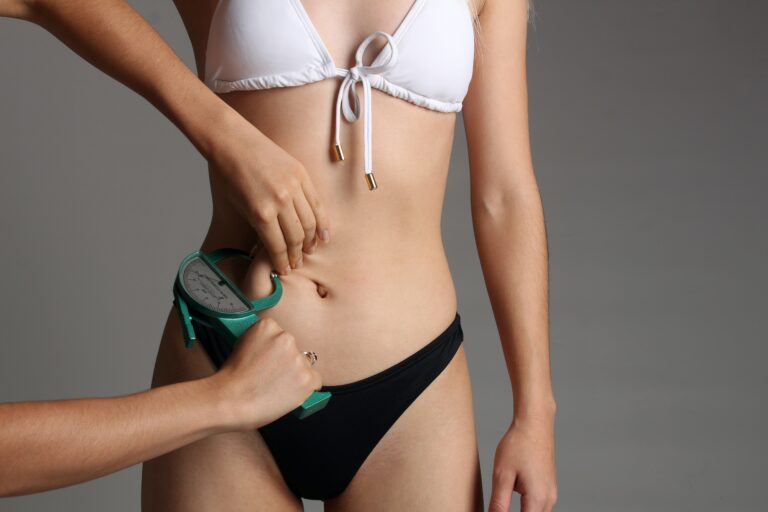
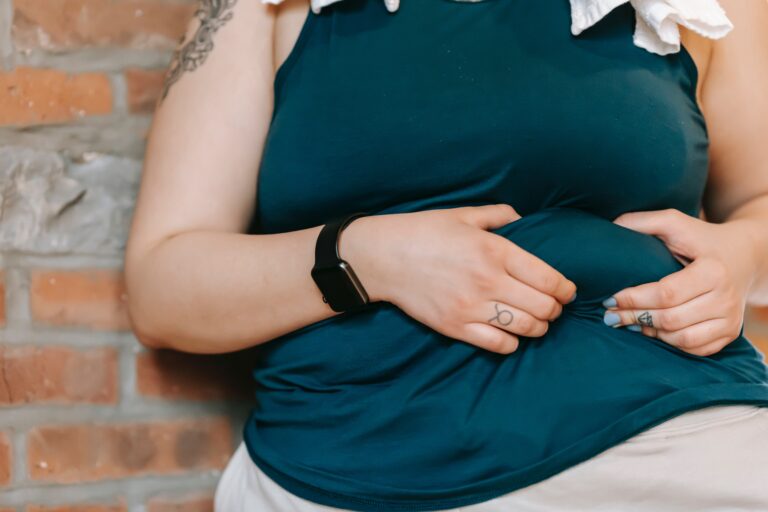
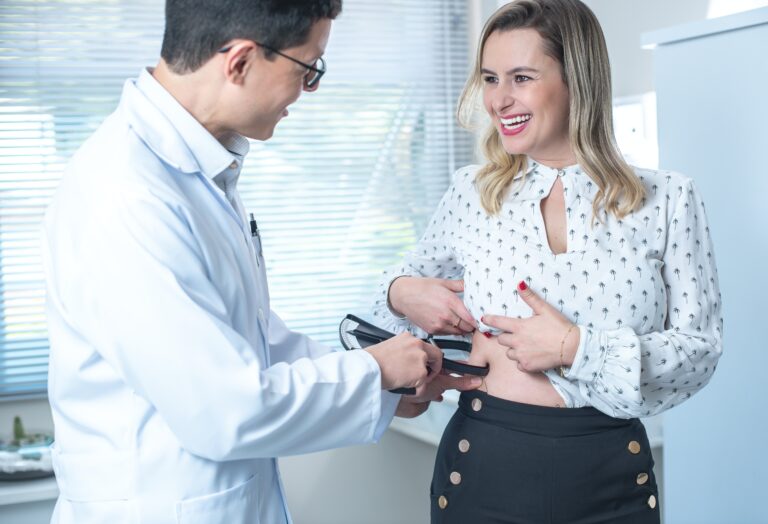
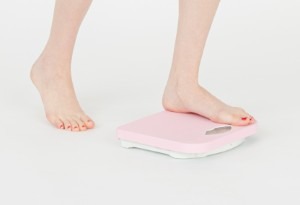

I m thinking about getting a BMI scale but I am not sure what would be the best one. Does anyone have any suggestions?
My New Years resolution is to get a BMI scale so that I can monitor my progress from home.